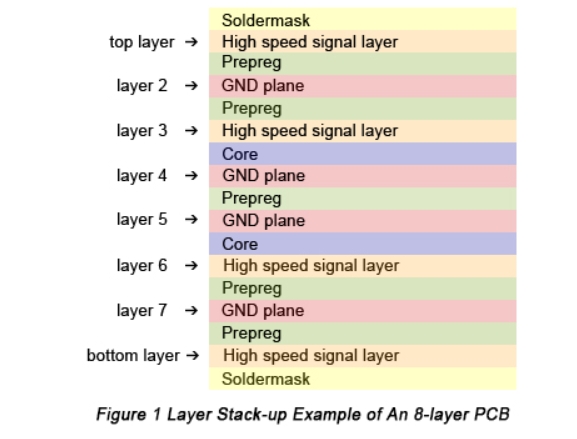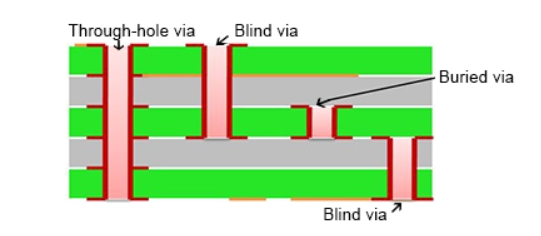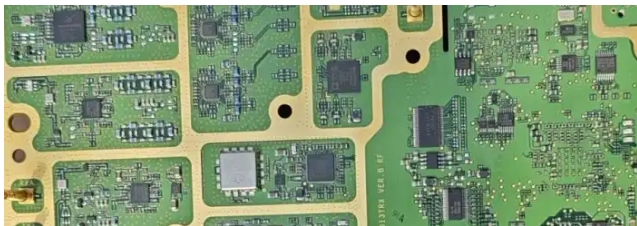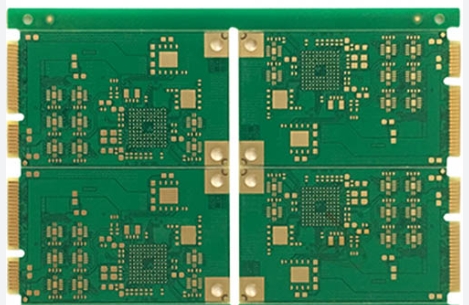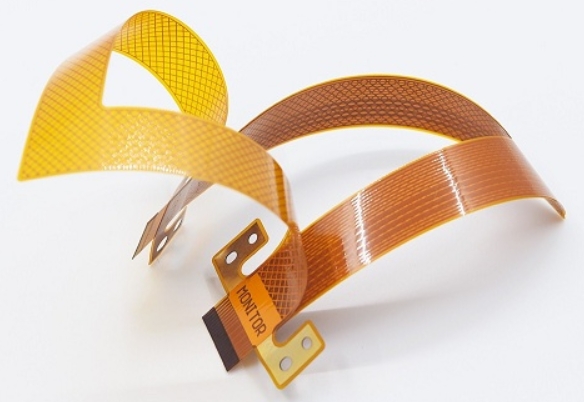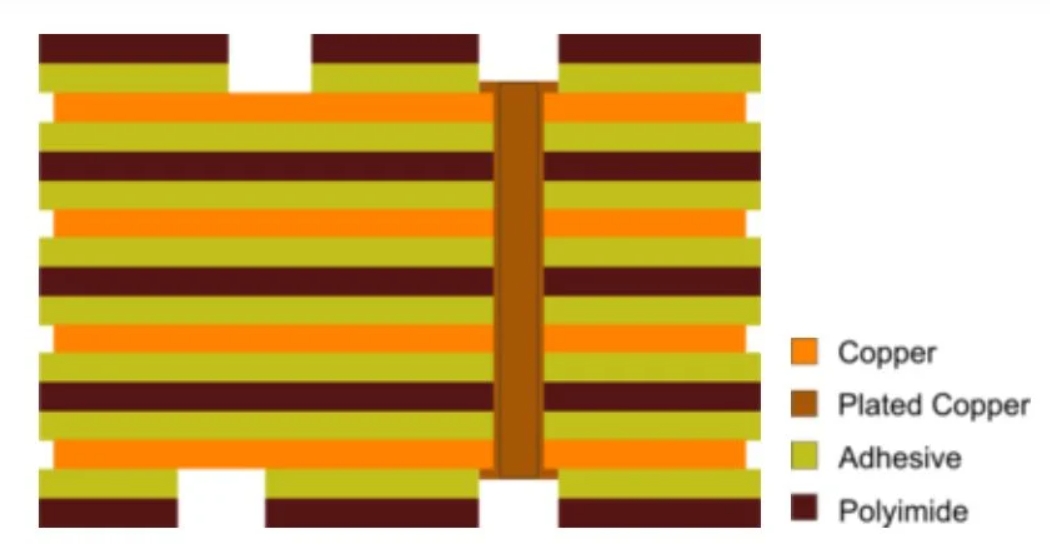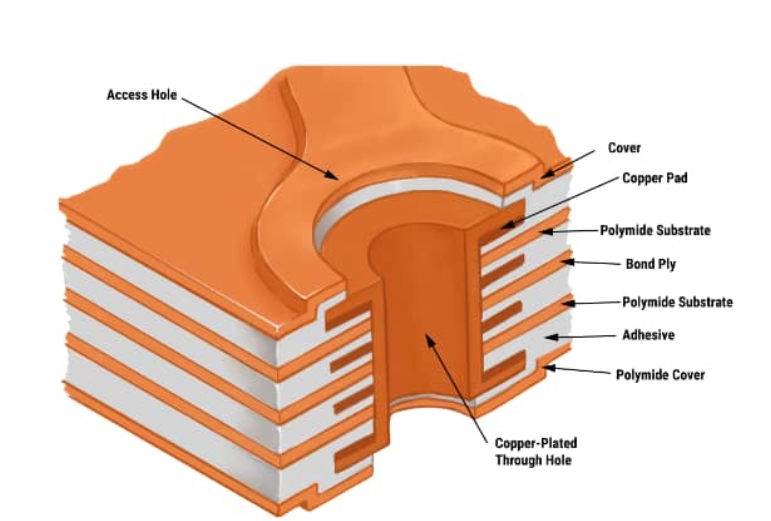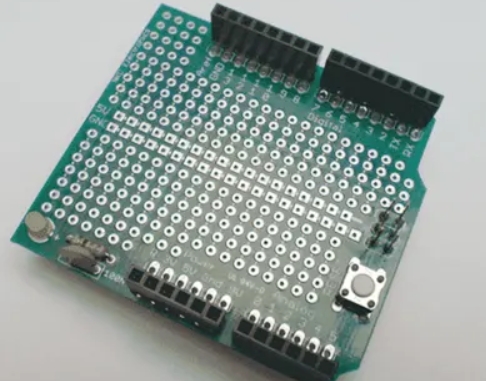Printed circuit boards (PCBs) are the core of most electronics today, determining basic functions through combinations of components and wiring mechanisms. Most PCBs of the past were relatively simple and limited by manufacturing techniques, while today’s PCBs are much more complex. From advanced flexible options to odd-shaped varieties, PCBs are much more varied in nowadays’ world...
HomeCategory
PCB Manufacturing Services | High-Quality PCB & PCBA - KKPCB
Stack-up refers to the arrangement of copper layers and insulating layers that make up a PCB prior to board layout design. While a layer stack-up allows you to get more circuitry on a single board through the various PCB board layers, the structure of PCB stackup design confers many other advantages: • A PCB layer stack...
What is a Via? Vias are the copper-plated holes in the PCB that allows the layers to connect. The standard via is called a through-hole via, but there are several disadvantages to using through-hole vias in Surface Mount Technology (SMT). For this reason, we often use a blind via or buried via instead. A blind...
Multilayer PCBs (Printed Circuit Boards) are integral to modern electronics, offering unparalleled performance in compact designs. While they come with several benefits, they also present unique challenges. This article delves into the advantages and disadvantages of multilayer PCBs, providing insight into their role in electronic design and manufacturing. Advantages of Multilayer PCBs 1. Higher Density and Efficiency...
In the evolution of printed circuit boards (PCBs), the transition from single-sided to double-sided to multilayer PCBs has been pivotal. This shift addresses the growing demand for compact, efficient, and high-performance electronic devices. Here’s a detailed look at what multilayer PCBs are, how they work, and when to use them. What Is a Multilayer PCB? A multilayer PCB is an advanced circuit board featuring multiple layers of...
Flexible circuits (also variously referred to around the globe as flex circuits, flexible printed circuit boards, flex print, Flexi-circuits) are members of electronic and interconnection family. They consist of a thin insulating polymer film having conductive circuit patterns affixed thereto and typically supplied with a thin polymer coating to protect the conductor circuits. The technology has...
Flexible PCB technology, also known as FPC (Flexible Printed Circuit), continues to develop and is used in major electronics sectors such as consumer electronics, automotive, electronic medical devices, wearables, telecommunications and aerospace. The introduction of flexible PCBs has revolutionized conventional electrical interconnect technology, which was traditionally used to connect multiple parts of the same circuit or...
Flexible Printed Circuit Board (FPCB or Flexible PCB) is a PCB designed to be flexible and can be bent, folded, or twisted. FPC has a combination of multiple printed circuits as well as components located on a flexible substrate. It is usually made of polyimide film material, which ensures high flexibility and thermal stability. Thanks to...
Having your schematic design thoroughly tested and prototyped is an essential phase in any manufacturing process. PCB prototyping will allow you to spot design flaws and address them at this stage. Before you send your product off to the manufacturer, you’ll want to be sure that you’ve caught all of the bugs and design flaws....
Integrated Circuit (IC) substrates are essential components in modern electronics, acting as the primary interface between semiconductor chips and printed circuit boards (PCBs). Their rapid adoption is driven by advanced IC packaging types like Chip Scale Packaging (CSP) and Ball Grid Array (BGA), which demand innovative solutions to meet increasing performance and miniaturization requirements. What is an IC Substrate?...


